A Method of Ship Detection under Complex Background
Abstract
:1. Introduction
2. Proposed Method
2.1. A Whole Process
2.2. Pre-Processing Stage
2.3. Prescreening
2.3.1. The Theory of the Proposed PSMEWT Method
2.3.2. Comparative Experiments of Different Location Algorithms
2.4. Post-Processing
3. Experimental Results and Performance Comparison
3.1. Parameter Selection
3.2. Contrastive Experiments
4. Conclusions
Acknowledgments
Author Contributions
Conflicts of Interest
References
- Eldhuset, K. An automatic ship and ship wake detection system for space borne SAR images in coastal regions. IEEE Trans. Geosci. Remote Sens. 1996, 34, 1010–1019. [Google Scholar] [CrossRef]
- Wang, X.L.; Chen, C.X. Ship detection for complex background SAR images based on a multiscale variance weighted image entropy method. IEEE Geosci. Remote Sens. Lett. 2017, 14, 184–187. [Google Scholar] [CrossRef]
- Wang, S.G.; Wang, M.; Yang, S.Y.; Jiao, L.C. New hierarchical saliency filtering for fast ship detection in high-resolution SAR images. IEEE Geosci. Remote Sens. Lett. 2017, 55, 351–362. [Google Scholar] [CrossRef]
- Wu, W.; Luo, J.C.; Qiao, C. Ship recognition from high resolution remote sensing imagery aided by spatial relationship. In Proceedings of the IEEE International Conference on Spatial Data Mining and Geographical Knowledge Services (ICSDM), Fuzhou, China, 29 June–1 July 2011; pp. 567–569. [Google Scholar]
- Li, K.-D.; Zhang, Y.-Y.; Li, Y.-J. Researches of sea surface ship target auto-recognition based on wavelet transform. In Proceedings of the 2010 International Conference on System Science Engineering Design and Manufacturing Informatization, Yichang, China, 12–14 November 2010; pp. 193–195. [Google Scholar]
- Guo, J.; Zhu, C.R. A novel method of ship detection from space-borne optical image based on spatial pyramid matching. Appl. Mech. Mater. 2012, 190–191, 1099–1103. [Google Scholar] [CrossRef]
- Xu, Q.Z.; Li, B.; He, Z.F.; Ma, C. Multiscale contour extraction using level set method in optical satellite images. IEEE Geosci. Remote Sens. Lett. 2011, 8, 854–858. [Google Scholar] [CrossRef]
- Zhu, C.; Zhou, H.; Wang, R.; Guo, J. A novel hierarchical method of ship detection from spaceborne optical image based on shape and texture features. IEEE Trans. Geosci. Remote Sens. 2010, 48, 3446–3456. [Google Scholar] [CrossRef]
- Zhao, Y.-H.; Wu, X.-Q.; Wen, L.-Y.; Xu, S.-S. Ship target detection scheme for optical remote sensing images. Opto-Electron. Eng. 2008, 35, 105–109. [Google Scholar]
- Yang, G.; Li, B.; Ji, S.F. Ship detection from optical satellite images based on sea surface analysis. IEEE Geosci. Remote Sens. Lett. 2014, 11, 641–645. [Google Scholar] [CrossRef]
- Corbane, C. A complete processing chain for ship detection using optical satellite imagery. Int. J. Remote Sens. 2010, 31, 5837–5854. [Google Scholar] [CrossRef]
- Proia, N.; Page, V. Characterization of a Bayesian ship detection method in optical satellite images. IEEE Geosci. Remote Sens. Lett. 2010, 7, 226–230. [Google Scholar] [CrossRef]
- Li, S.; Zhou, Z.Q.; Wang, B.; Wu, F. A novel inshore ship detection via ship head classification and body boundary determination. IEEE Geosci. Remote Sens. Lett. 2016, 3, 1920–1924. [Google Scholar] [CrossRef]
- Yi, L.; Xu, S.-S. A new method for ship target recognition based on support vector machine. Comput. Simul. 2006, 6, 1006–9348. [Google Scholar]
- Vapnik, V.N. The Nature of Statistical Learning Theory; Springer: New York, NY, USA, 1995; pp. 358–450. [Google Scholar]
- Zou, Z.X.; Shi, Z.W. Ship detection in spaceborne optical image with SVD networks. IEEE Trans. Geosci. Remote. 2016, 54, 5832–5845. [Google Scholar] [CrossRef]
- Yang, F.; Xu, Q.Z.; Li, B. Ship detection from optical satellite images based on saliency segmentation and structure-LBP feature. IEEE Geosci. Remote Sens. Lett. 2017, 14, 1–5. [Google Scholar] [CrossRef]
- Yu, X.; Wan, S.H.; Yue, L.H. A novel algorithm for ship detection based on dynamic fusion model of multi-feature and support vector machine. In Proceedings of the 2011 Sixth International Conference on Image and Graphics, Hefei, China, 12–15 August 2011; pp. 521–526. [Google Scholar]
- Chen, H.-L.; Lei, L.; Shou, S.-L. A method of anti-disturbance by ragged clouds for detecting ships on the sea. Comput. Eng. Sci. 2010, 32, 46–49. [Google Scholar]
- Zhang, D.; Ni, Q.; Fang, D.; Li, J.H.; Yao, W.; Yuan, S.G. Application of multispectral remote sensing technology in surface water body extraction. In Proceedings of the 2016 International Conference on Audio, Language and Image Processing, Shanghai, China, 11–12 July 2016. [Google Scholar]
- Sidney, B.C.; Gopinath, R.A. Introduction to Wavelets and Wavelet Transforms: A Primer. Shengrui, G. (Translation); Publishing House of Electronics Industry: Beijing, China, 2013; pp. 34–40. [Google Scholar]
- Li, X.; Liu, Y.Q.; Bian, C.J. Inshore ship detection method in optical remote sensing images using local salient characteristics. J. Image Graph. 2016, 21, 657–664. [Google Scholar]
- Tanunchai, B.; Thanwa, S.; Sanun, S. Texture Segmentation using active contour model incorporated with edge flow on MRI image. In Proceedings of the TENCON 2014—IEEE Region 10 Conference, Bangkok, Thailand, 22–25 October 2014; pp. 1–5. [Google Scholar]
- Rakesh, A.; Ramesh, K.S.; Lakhan, D.S. Fog detection using GLCM based features and SVM. In Proceedings of the 2016 IEEE Conference on Advances in Signal Processing (CASP) Cummins College of Engineering for Women, Pune, India, 9–11 June 2016; pp. 72–76. [Google Scholar]
- Ojala, T.; Pietikäinen, M.; Mäenpää, T. Multiresolution gray-scale and rotation invariant texture classification with local binary pattern. IEEE Trans. Pattern Anal. Mach. Intell. 2002, 24, 971–987. [Google Scholar] [CrossRef]
- Bin, G.; Victor, S. Cross Validation through Two-Dimensional Solution Surface for Cost-Sensitive SVM. IEEE Trans. Pattern Anal. Mach. Intell. 2017, 39, 1103–1121. [Google Scholar]
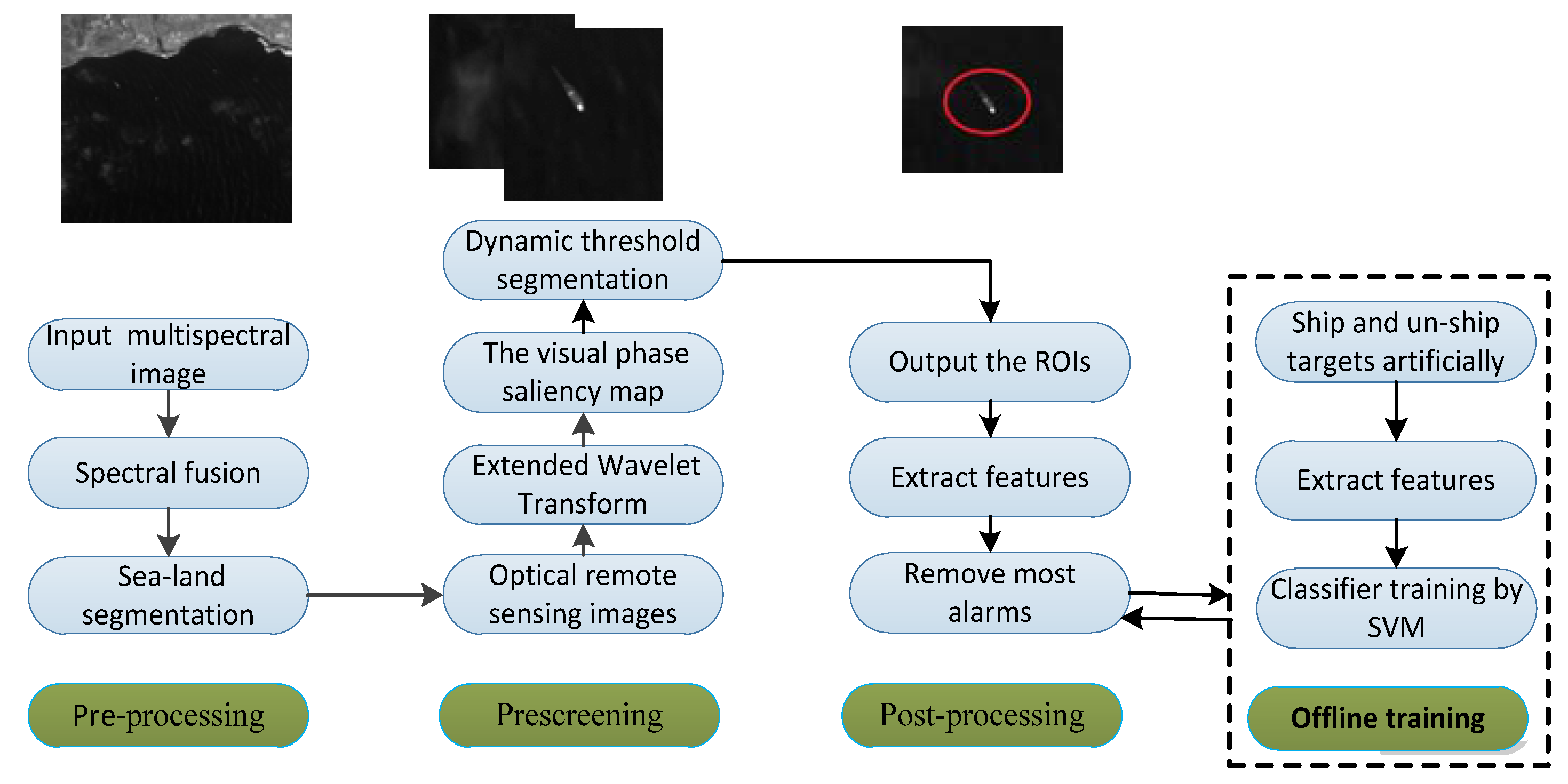
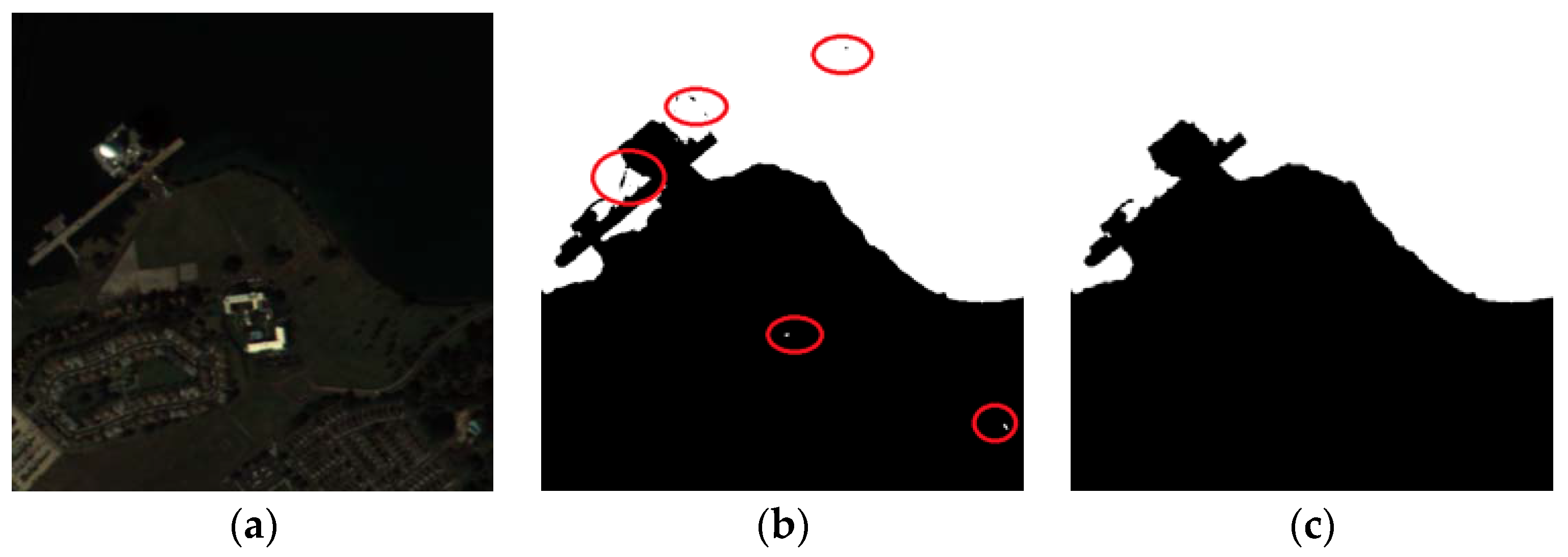
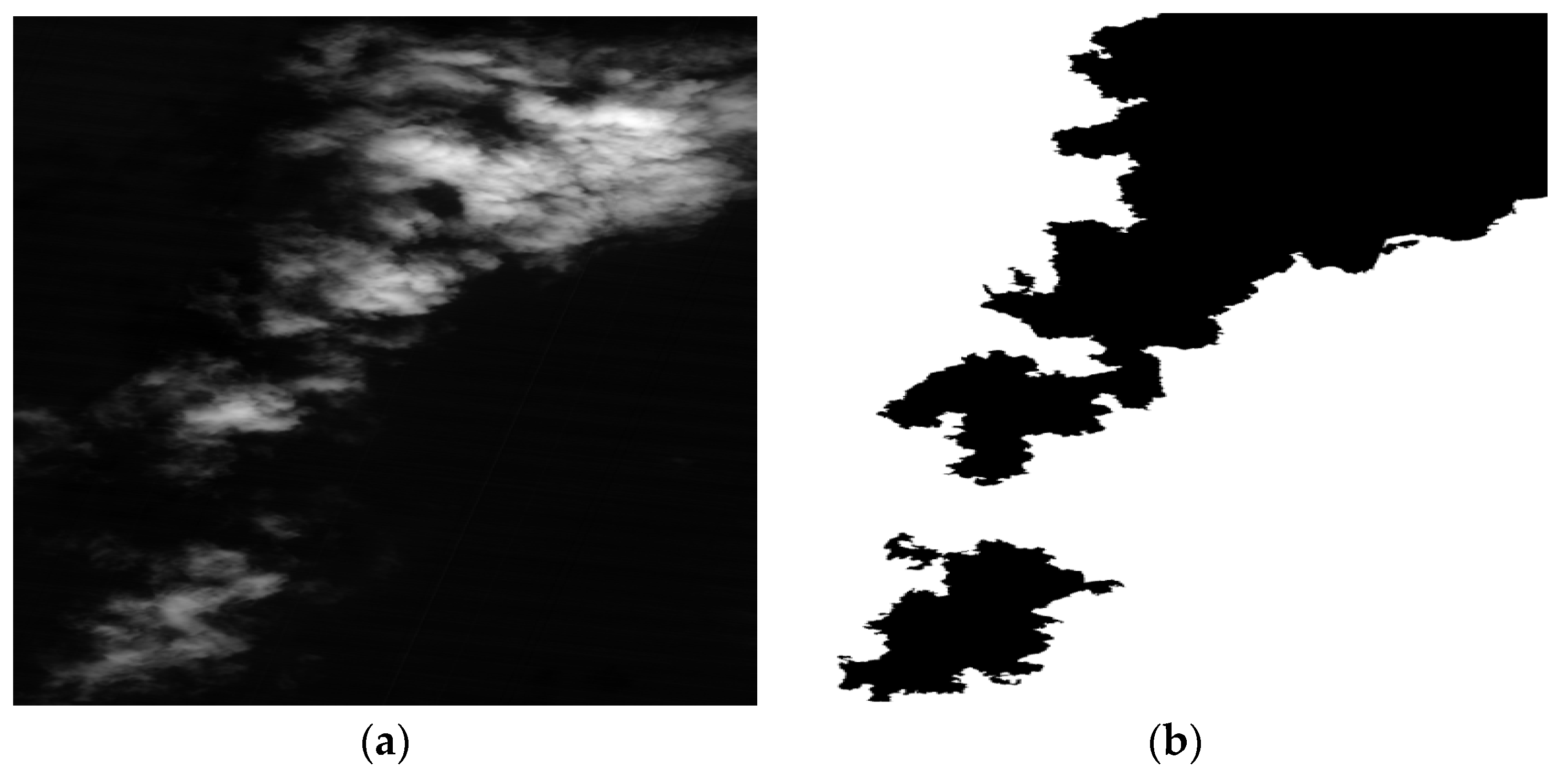

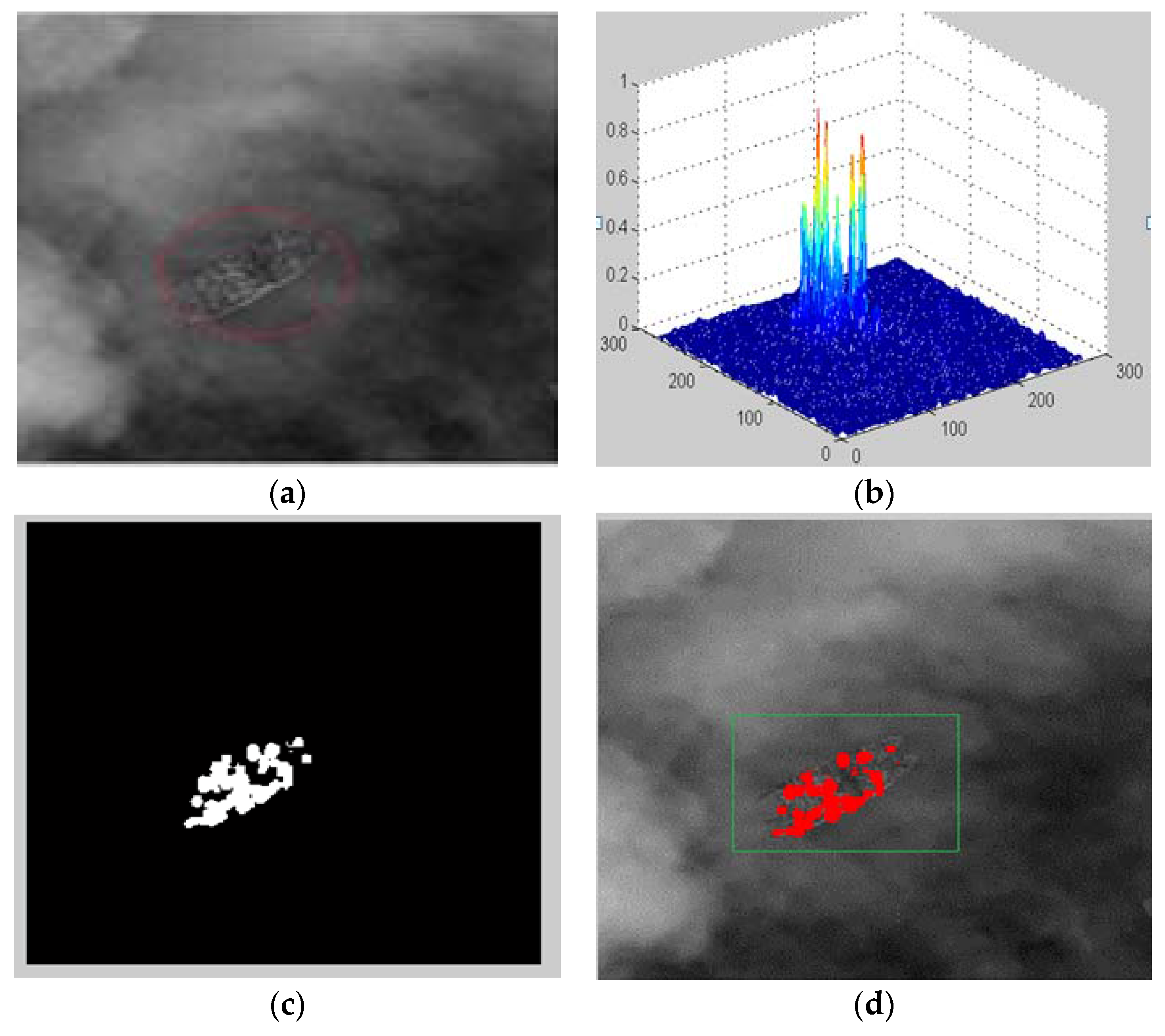


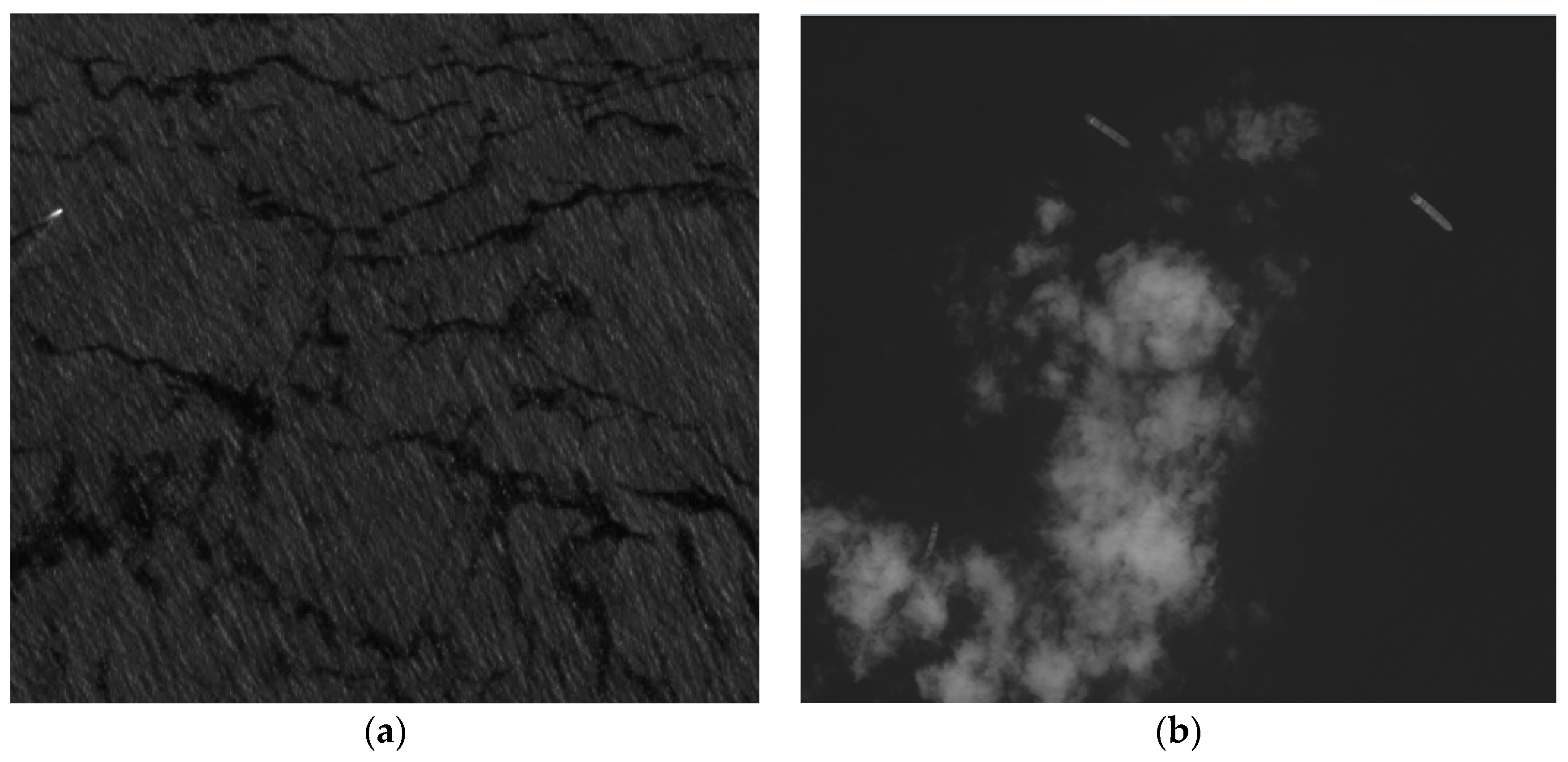
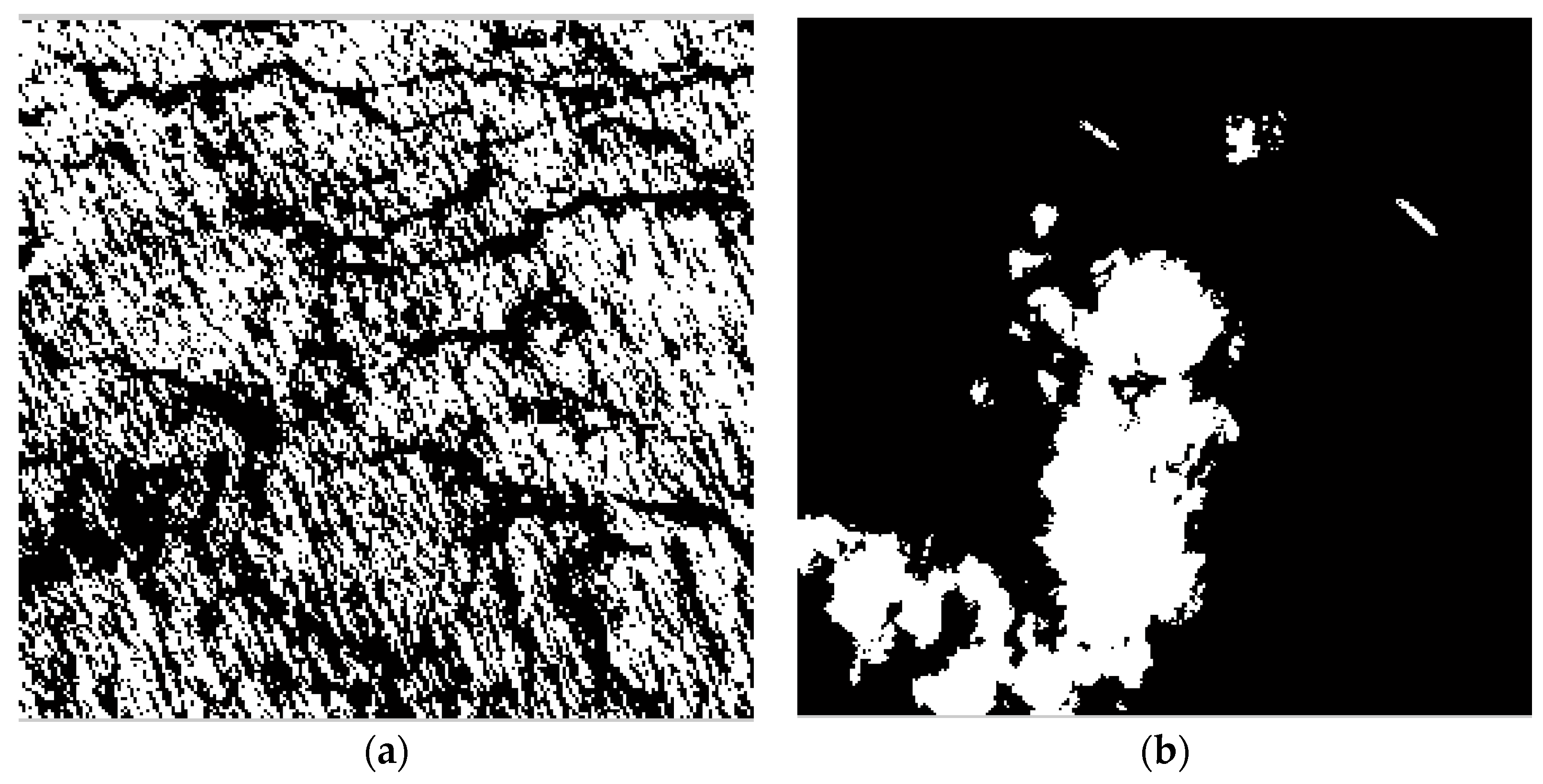
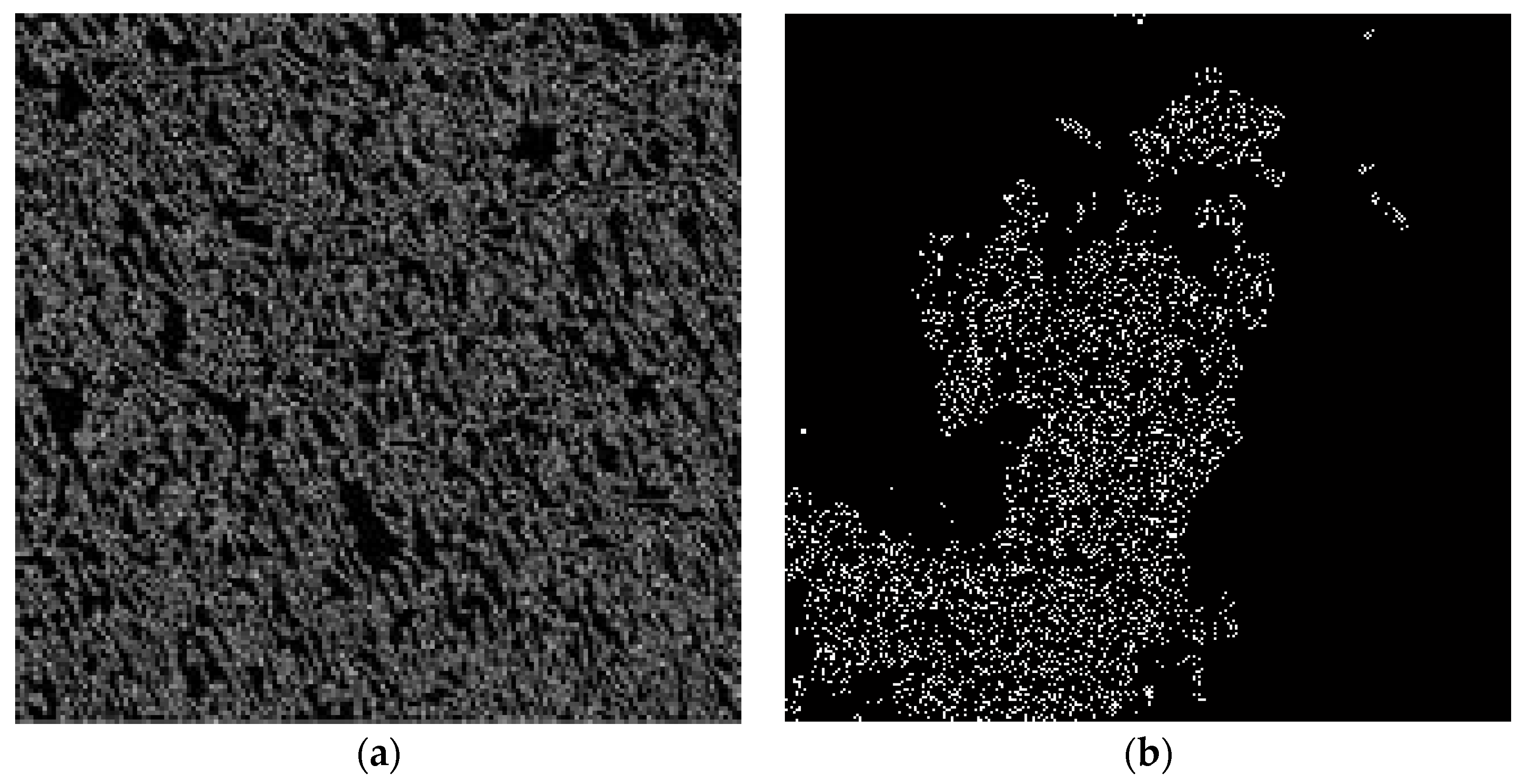
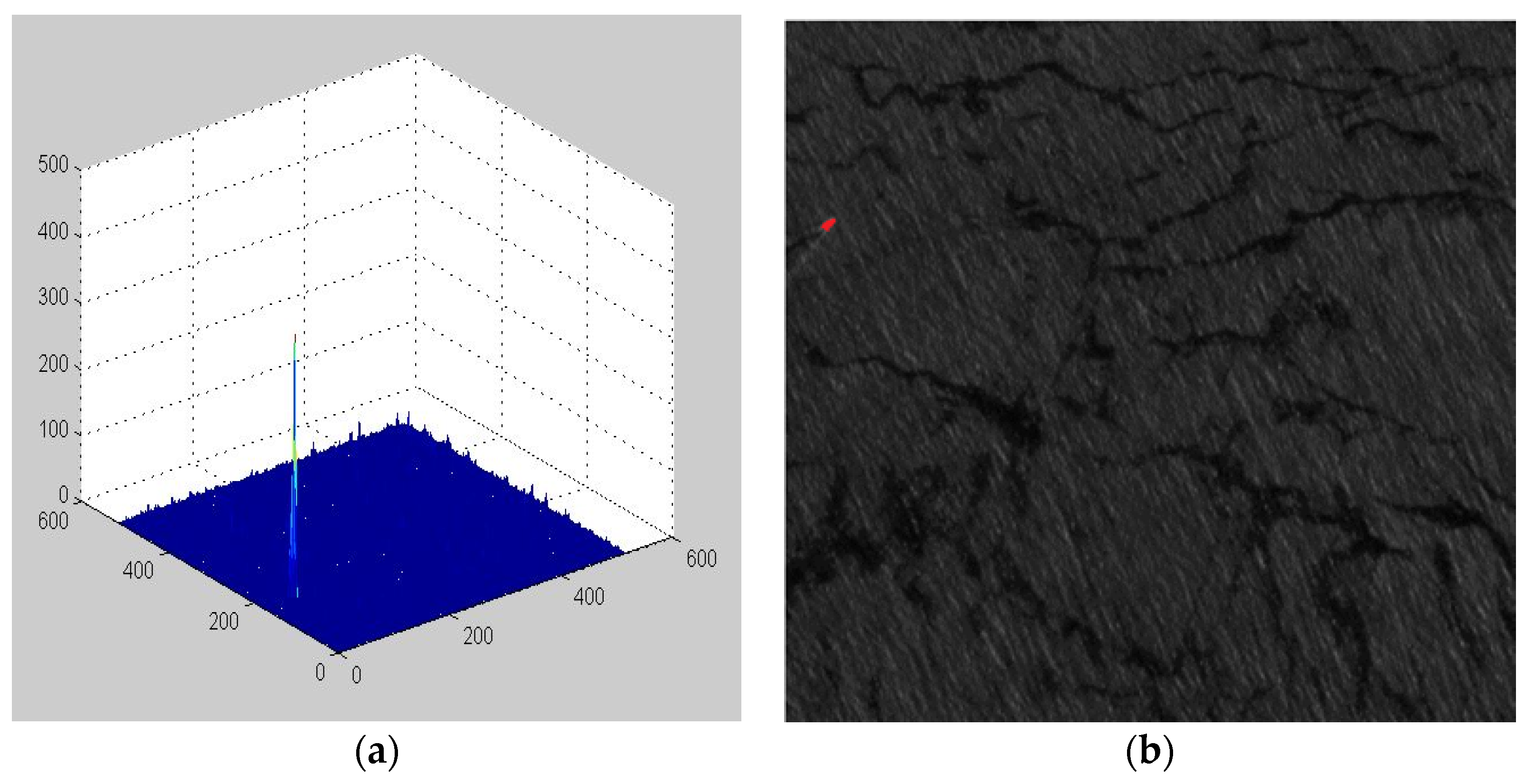
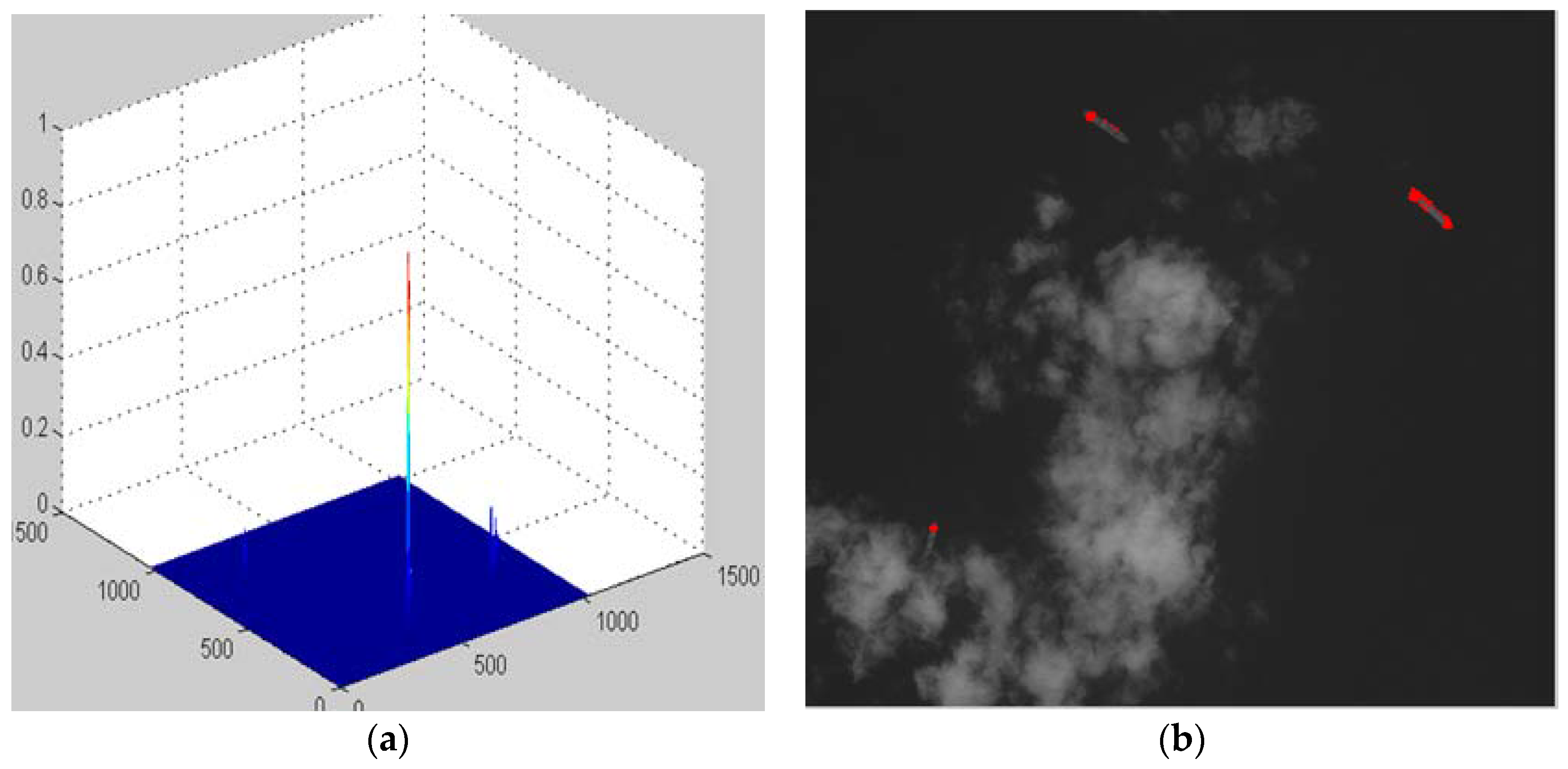
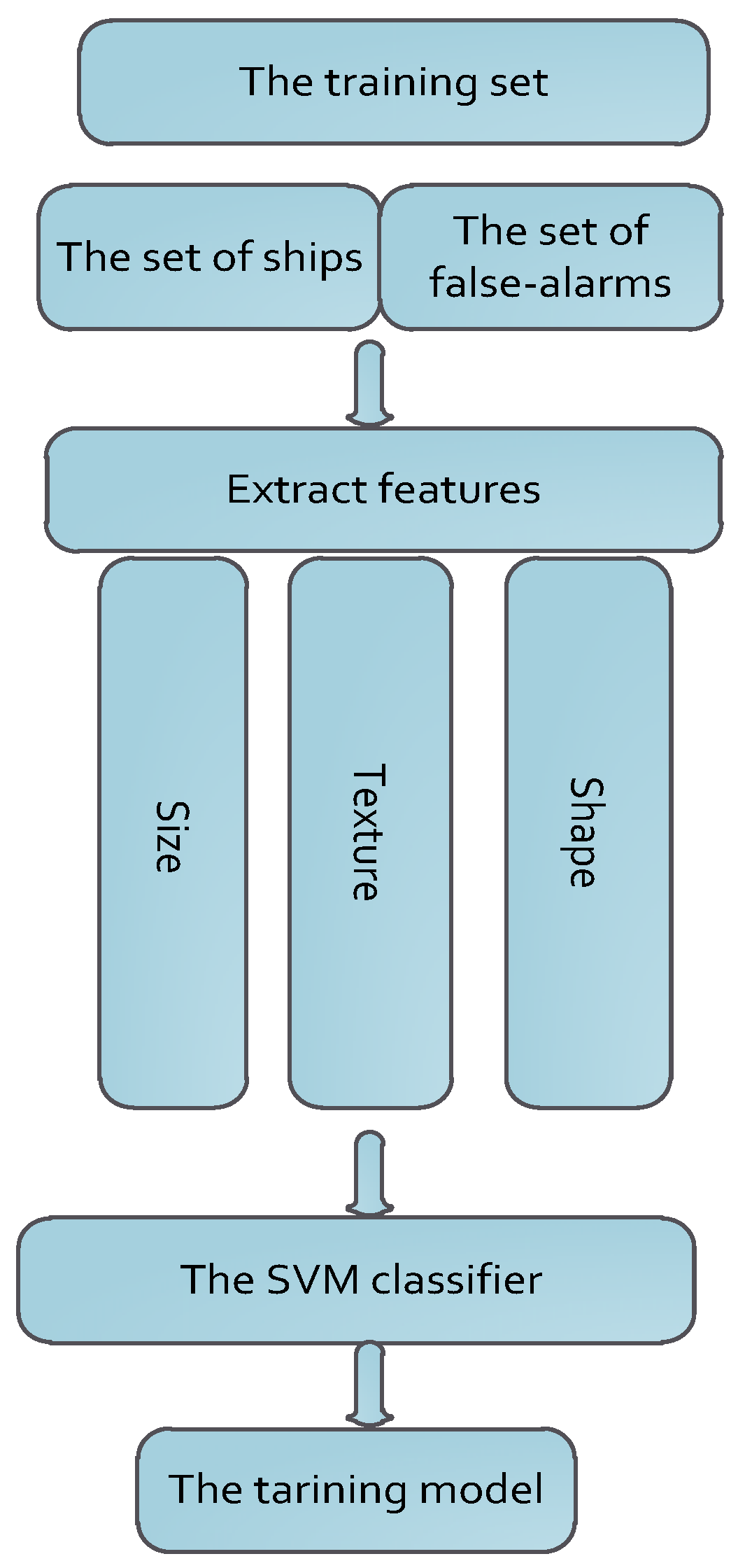
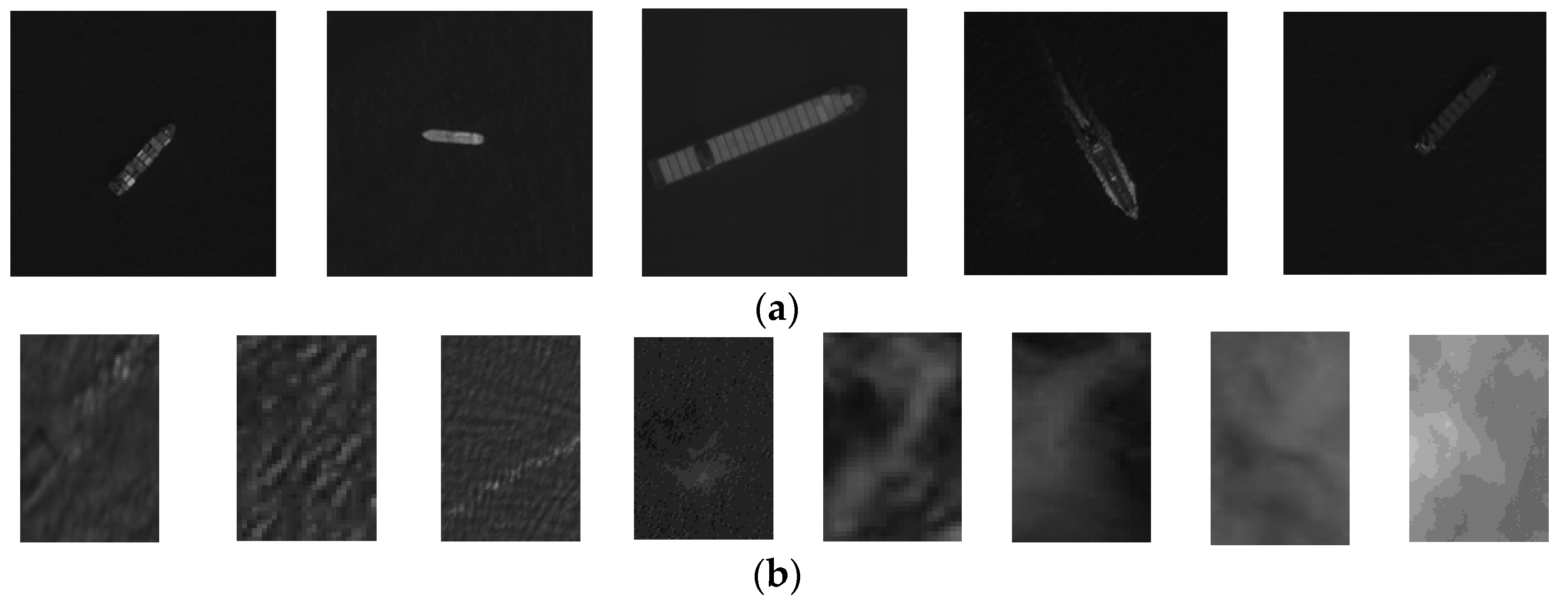
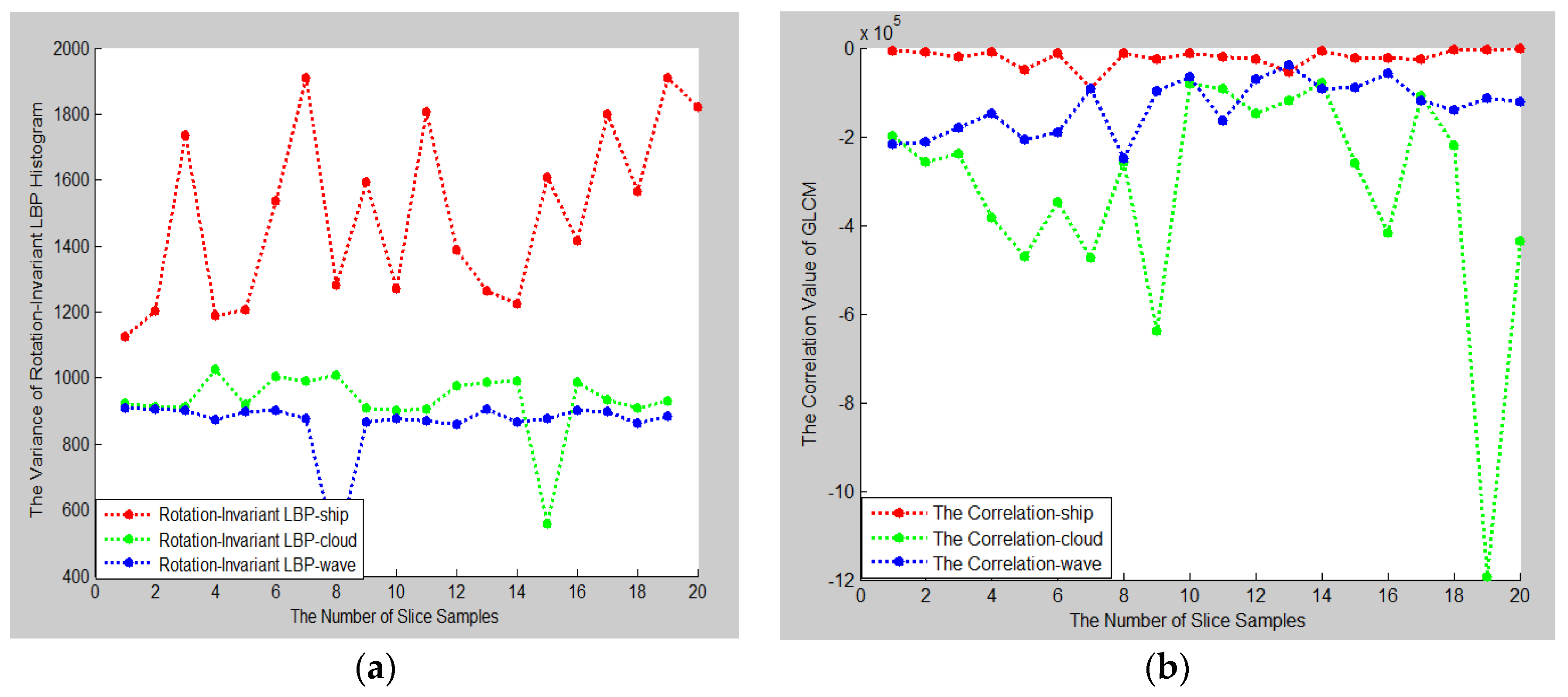
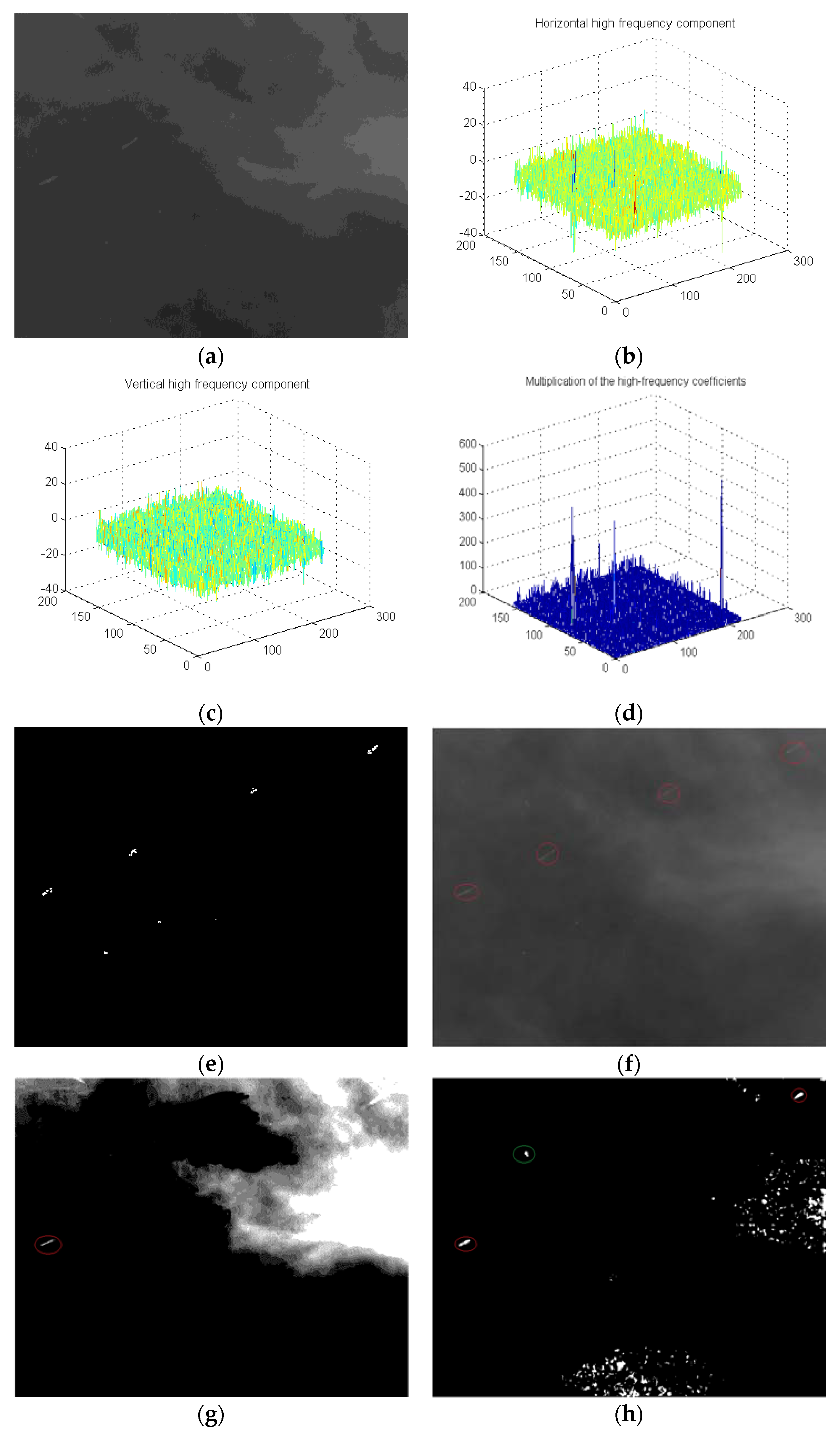
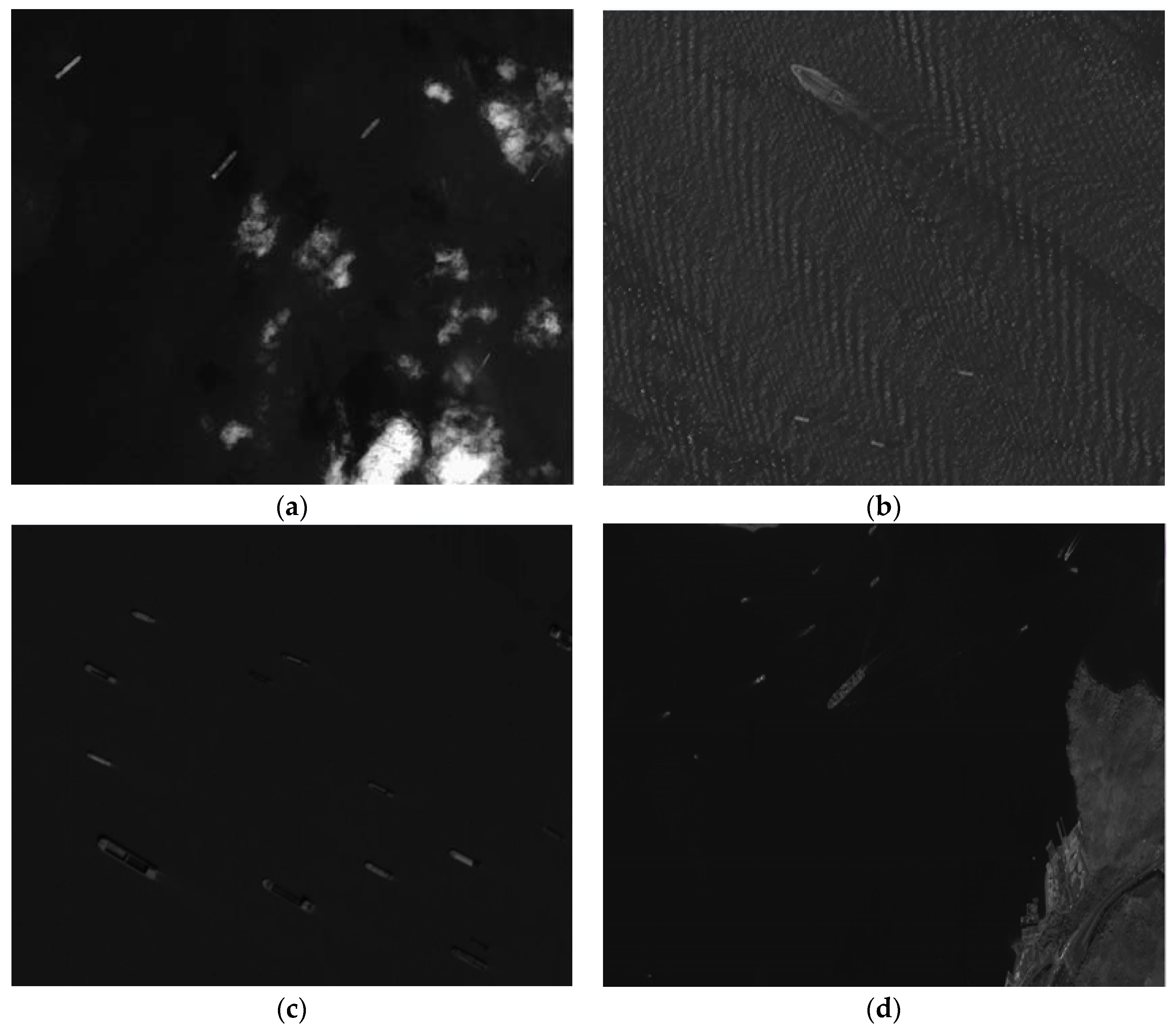
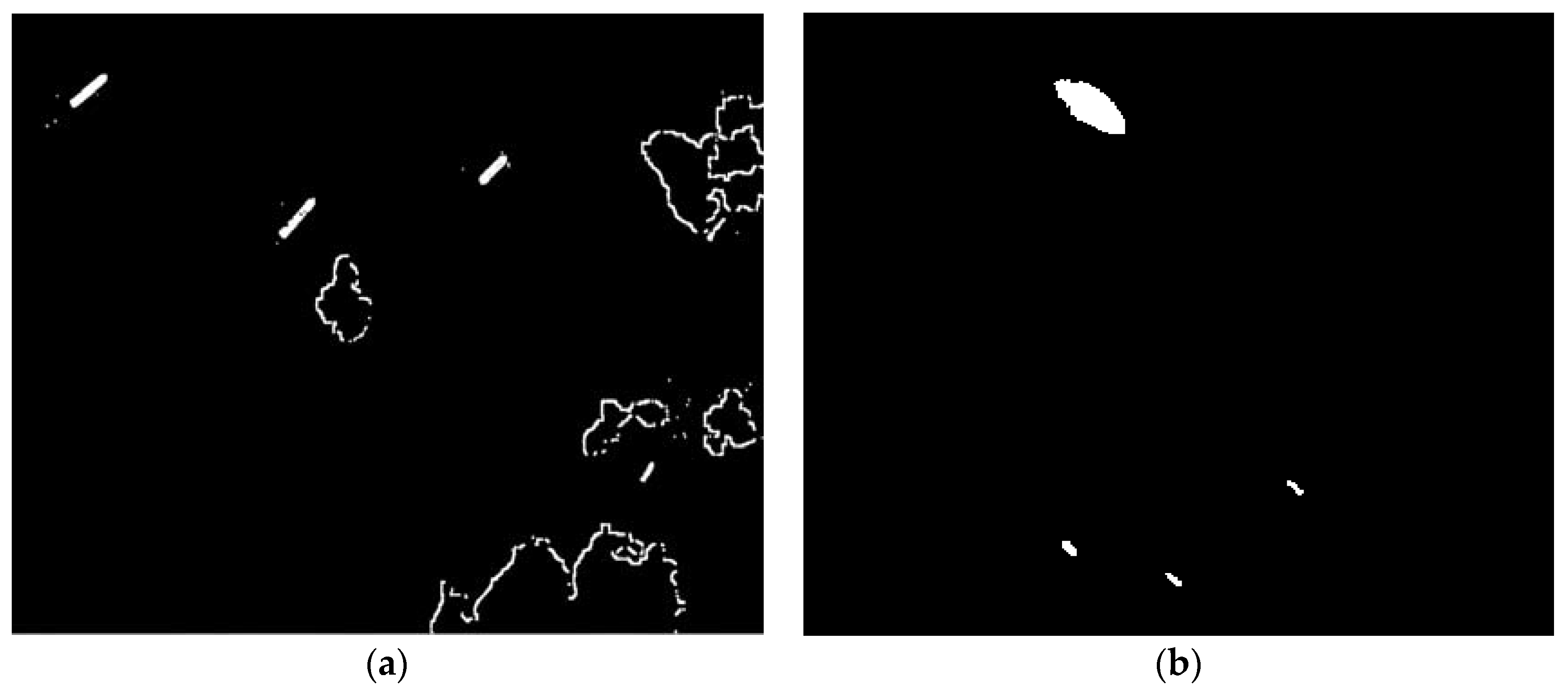
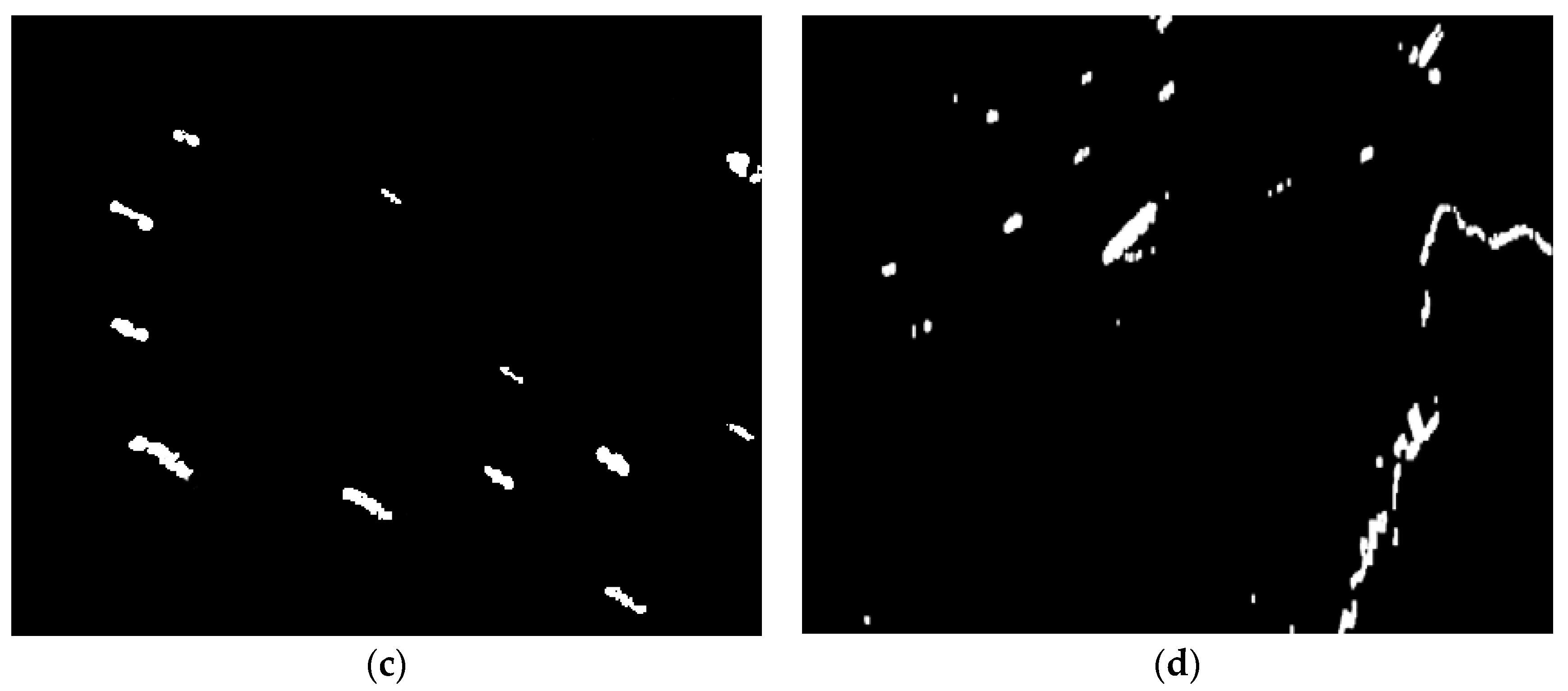
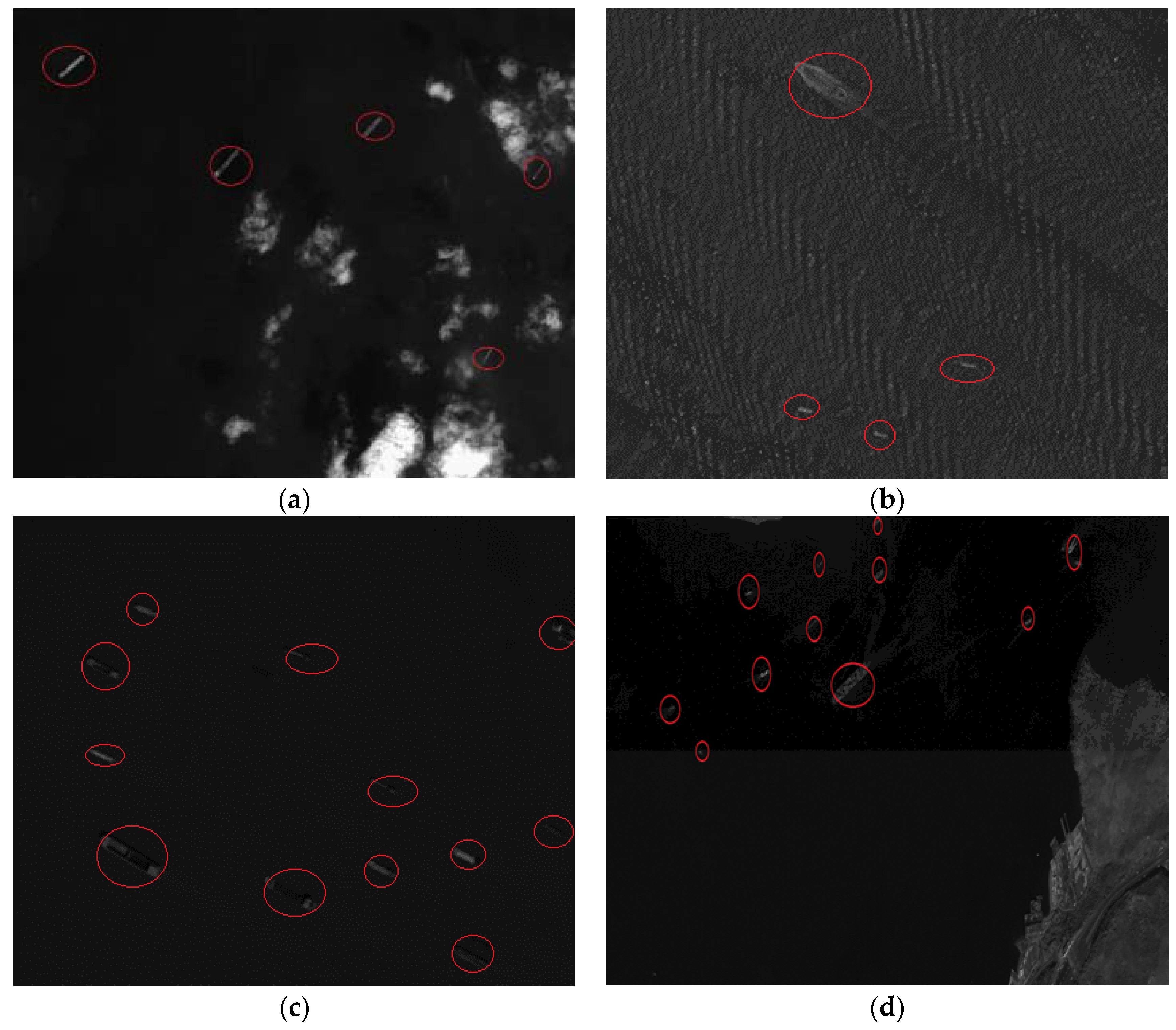
| Different Situations | Recall | Precision |
|---|---|---|
| Quiet sea | 97.74% | 96.30% |
| Textured sea | 91.61% | 86.75% |
| Clutter sea | 82.05% | 71.11% |
© 2017 by the authors. Licensee MDPI, Basel, Switzerland. This article is an open access article distributed under the terms and conditions of the Creative Commons Attribution (CC BY) license (http://creativecommons.org/licenses/by/4.0/).
Share and Cite
Nie, T.; He, B.; Bi, G.; Zhang, Y.; Wang, W. A Method of Ship Detection under Complex Background. ISPRS Int. J. Geo-Inf. 2017, 6, 159. https://doi.org/10.3390/ijgi6060159
Nie T, He B, Bi G, Zhang Y, Wang W. A Method of Ship Detection under Complex Background. ISPRS International Journal of Geo-Information. 2017; 6(6):159. https://doi.org/10.3390/ijgi6060159
Chicago/Turabian StyleNie, Ting, Bin He, Guoling Bi, Yu Zhang, and Wensheng Wang. 2017. "A Method of Ship Detection under Complex Background" ISPRS International Journal of Geo-Information 6, no. 6: 159. https://doi.org/10.3390/ijgi6060159





